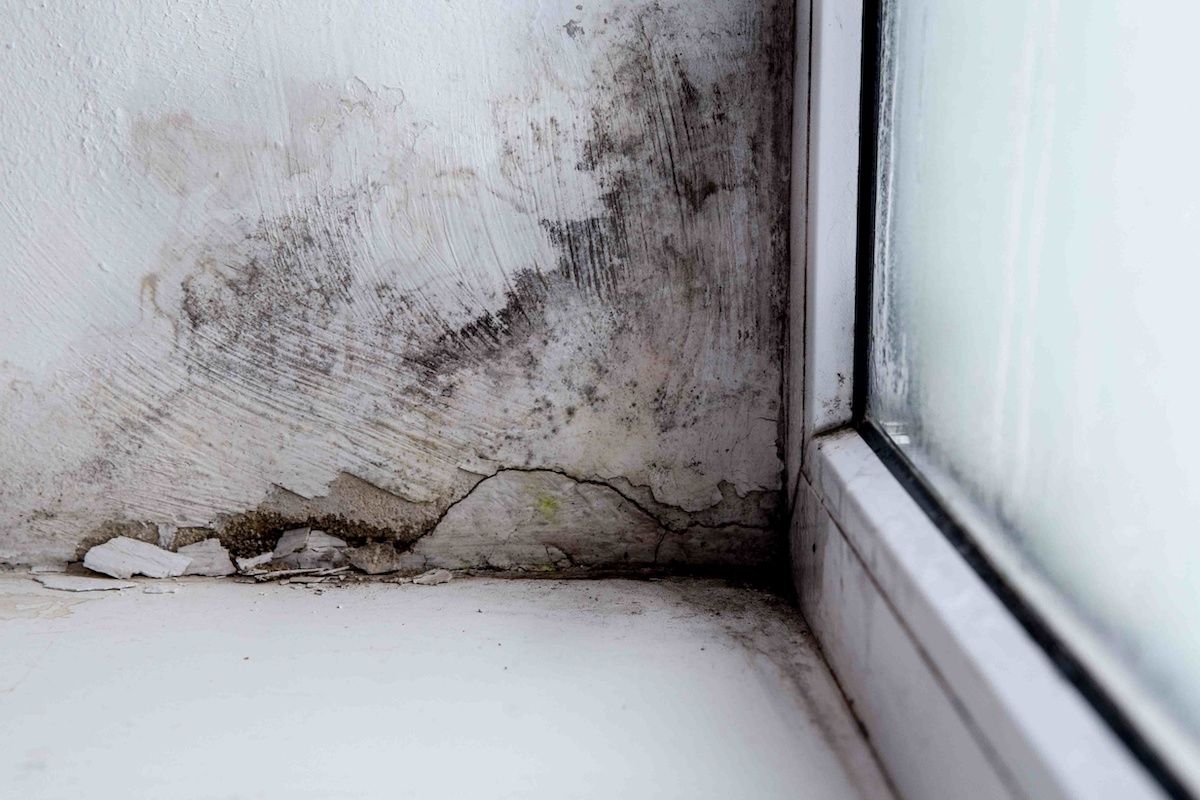Expert Tips for Article Mold And Mildew Remediation Success
In the realm of mold and mildew removal, effectively eliminating mold is just half the battle; real challenge hinges on stopping its reappearance. Post-remediation initiatives play a vital role in ensuring a mold-free setting in the lengthy term. By adhering to expert ideas and best practices, individuals can safeguard their areas against mold revival and maintain a healthy and balanced indoor environment. It is in this phase of the remediation procedure that interest to information and proactive measures truly make a difference.
Screen Moisture Levels Routinely
Routine tracking of humidity degrees is necessary in guaranteeing the efficiency of blog post mold removal initiatives. After completing mold removal treatments, maintaining optimum moisture levels is essential to avoid mold re-growth and guarantee a healthy and balanced indoor atmosphere. Tracking humidity levels permits early discovery of any kind of spikes or fluctuations that might potentially bring about mold revival. High moisture degrees above 60% produce a helpful atmosphere for mold and mildew to thrive, making regular keeping track of a proactive procedure to avoid any kind of future mold and mildew concerns - Post Mold Remediation.
In addition, establishing a routine schedule for moisture checks, especially in high-risk areas such as cooking areas, cellars, and restrooms, is a proactive approach to mold and mildew avoidance. By regularly keeping track of humidity levels, property proprietors can effectively mitigate the danger of mold and mildew reoccurrence and preserve a healthy and balanced indoor setting post-remediation.
Conduct Thorough Inspections Post-Remediation
Following the completion of mold removal treatments, it is vital to conduct comprehensive inspections to confirm the effectiveness of the remediation process. These post-remediation inspections are important in making certain that the mold issue has been successfully attended to which there is no reappearance or continuing to be mold development. Assessments should be accomplished by certified professionals who have competence in identifying mold and analyzing interior air quality.
Throughout these assessments, various methods such as aesthetic evaluations, air tasting, and surface area sampling might be utilized to completely examine the remediated locations. Visual analyses involve an in-depth examination of the facilities to look for any type of visible indicators of mold and mildew development or water damage. Air tasting helps in establishing the air-borne mold and mildew spore levels, while surface tasting can discover mold and mildew fragments on surfaces.
Implement Correct Air Flow Techniques
After making sure the performance of the mold remediation process via thorough examinations, the following critical action is to concentrate on applying correct air flow approaches. Adequate ventilation is crucial in avoiding mold and mildew reoccurrence by managing moisture degrees and advertising air flow.
Appropriate air flow not only help in preventing mold and mildew growth but additionally adds to the total health and convenience of residents. By making sure ample air flow throughout the residential or commercial property, you can minimize the danger of mold and mildew regrowth and develop a much healthier living environment.

Use Mold-Resistant Products for Repair Works
To improve the long-term effectiveness of mold remediation initiatives, including mold-resistant materials for repair work is vital in mitigating the threat of future mold growth. Mold-resistant materials are designed to endure wetness and inhibit mold development, making them a necessary selection for areas susceptible to dampness and humidity. When repairing areas influenced by mold, utilizing products such as mold-resistant drywall, mold-resistant paints, and mold-resistant caulking can assist prevent mold reoccurrence.
Mold-resistant drywall is a superb alternative to typical drywall in locations like basements and shower rooms where wetness levels are greater. This kind of drywall has an unique finish that withstands mold growth even when subjected to damp conditions. Additionally, utilizing mold-resistant paints consisting of antimicrobial representatives can further inhibit mold and mildew advancement on ceilings and wall surfaces.
In areas where wetness prevails, such as cooking areas and restrooms, making use of mold-resistant caulking around home windows, sinks, and tubs can assist secure out water and prevent mold and mildew from taking hold in splits and holes. By buying these mold-resistant products during repairs useful site post-remediation, you can substantially decrease the chance of future mold problems and preserve a much healthier indoor atmosphere.
Maintain Cleanliness and Address Water Issues
After mold and mildew removal, it is important to preserve a clean atmosphere to avoid the regrowth of mold and mildew. Leakages, water invasion, or high humidity levels can produce the excellent breeding ground for mold and mildew, so it is essential to fix any kind of water-related troubles right away.
To maintain cleanliness, think about utilizing HEPA filters in vacuum cleaners and air purifiers to catch mold and mildew spores and prevent their circulation in the air. Furthermore, making certain proper air flow in locations vulnerable to moisture accumulation, such as restrooms and kitchen areas, can aid keep moisture levels in check. By remaining alert about cleanliness and addressing water problems immediately, you can successfully stop mold and mildew reinfestation and preserve a healthy and balanced indoor environment.
Verdict

In the world of mold and mildew removal, successfully eliminating mold is only half the battle; the true difficulty lies in avoiding its reappearance. After completing mold and mildew removal treatments, keeping ideal humidity degrees is crucial to protect against mold re-growth and make certain a healthy and balanced indoor setting. High moisture levels over 60% develop a favorable setting for click this site mold to flourish, making routine checking a positive measure to stop any future mold concerns.
To boost the long-term performance of mold and mildew removal efforts, incorporating mold-resistant products for fixings is important in alleviating the risk of future mold and mildew development. After mold removal, it is crucial to maintain a clean setting to prevent the regrowth of mold.
Comments on “Making Certain Post Remediation Verification Accuracy”